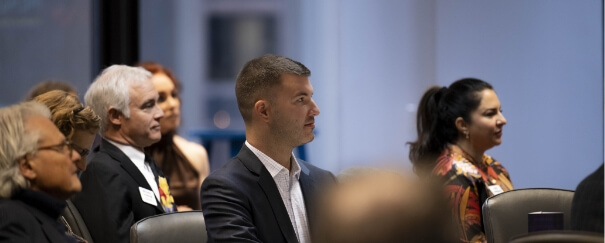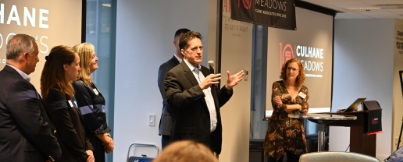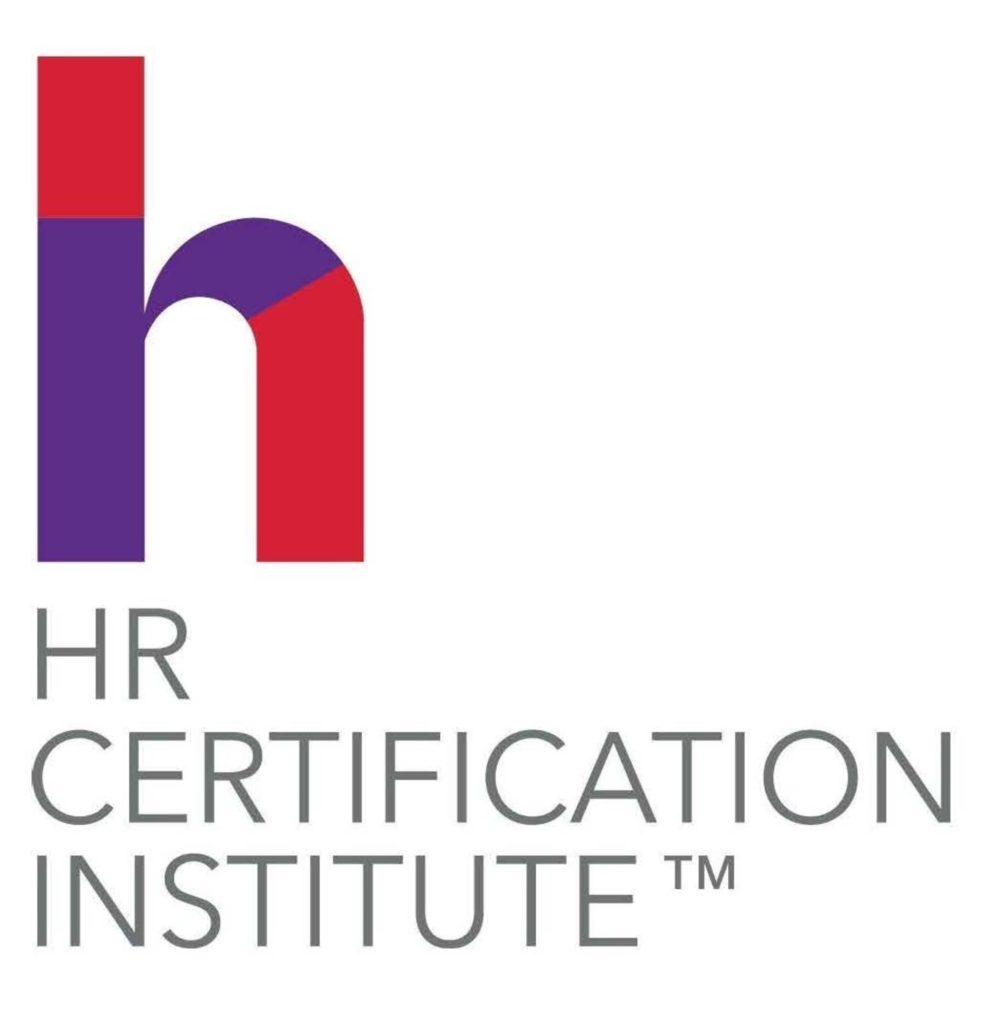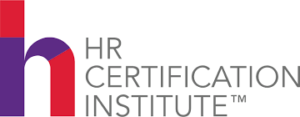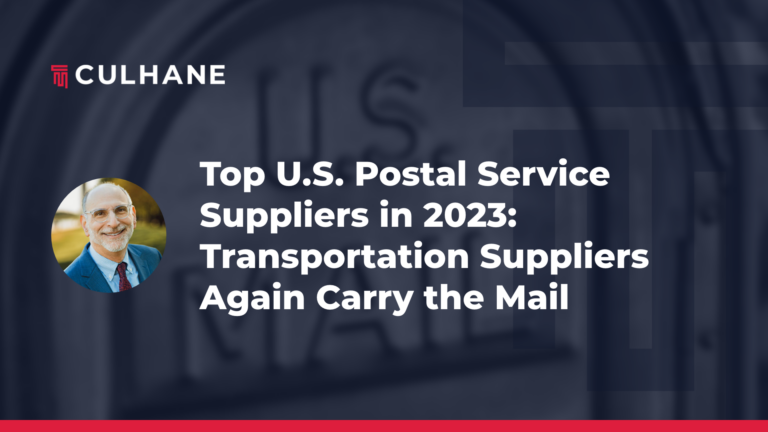Our Chicago-based labor and employment partner, Terese Connolly, was recently interviewed by the HR Certification Institute regarding steps employers can take to combat weight bias in the workplace. Here’s an excerpt:
Many companies have diversity and inclusion efforts that seek to reduce bias in the workplace. But those efforts often neglect one of the biggest forms of workplace bias: weight bias.
Bias against overweight individuals remains prevalent in the workplace. According to the Rudd Center for Food Policy and Obesity at the University of Connecticut, overweight workers are less likely to be hired for positions and earn less money than their thinner counterparts.
Weight bias is not illegal in general. While other factors like race, sex, nationality and religion are protected under anti-discrimination employment law, weight isn’t a protected class other than in a few specific cities and in Michigan, says Terese Connolly, a partner at law firm Culhane Meadows. That being said, weight bias is protected if the weight can be tied to a disability, in which case it belongs to a protected class because disabilities are protected under the Americans with Disabilities Act.
But for employers that want to create an inclusive work environment, adhering to the letter of the law isn’t enough. Here’s how employers can create a culture of inclusion for all employees, regardless of size.
Many organizations prioritize diversity and inclusion, but these conversations rarely include discussion of weight. “I know we talk a lot about biases in the workplace, but the one that I haven’t heard has been around weight,” says Tawanda Johnson, principal consultant at RKL Resources. “It’s that silent thing that no one wants to tackle or talk about.”
Of course, conversations about diversity and inclusion didn’t come about naturally — pressure had to be applied to start a conversation about overcoming biases in the workplace. The same is needed on the subject of weight bias.
Start the conversation by including weight bias in your diversity and inclusion efforts, and show that your organization won’t tolerate bias of any type. By including weight bias in the discussion, you’ll create awareness throughout your organization.
Johnson notes that a review of your company’s marketing materials should be included within this discussion. Make sure you include a diversity of sizes so you show a truly diverse and inclusive image.
Click HERE to view the entire article.



